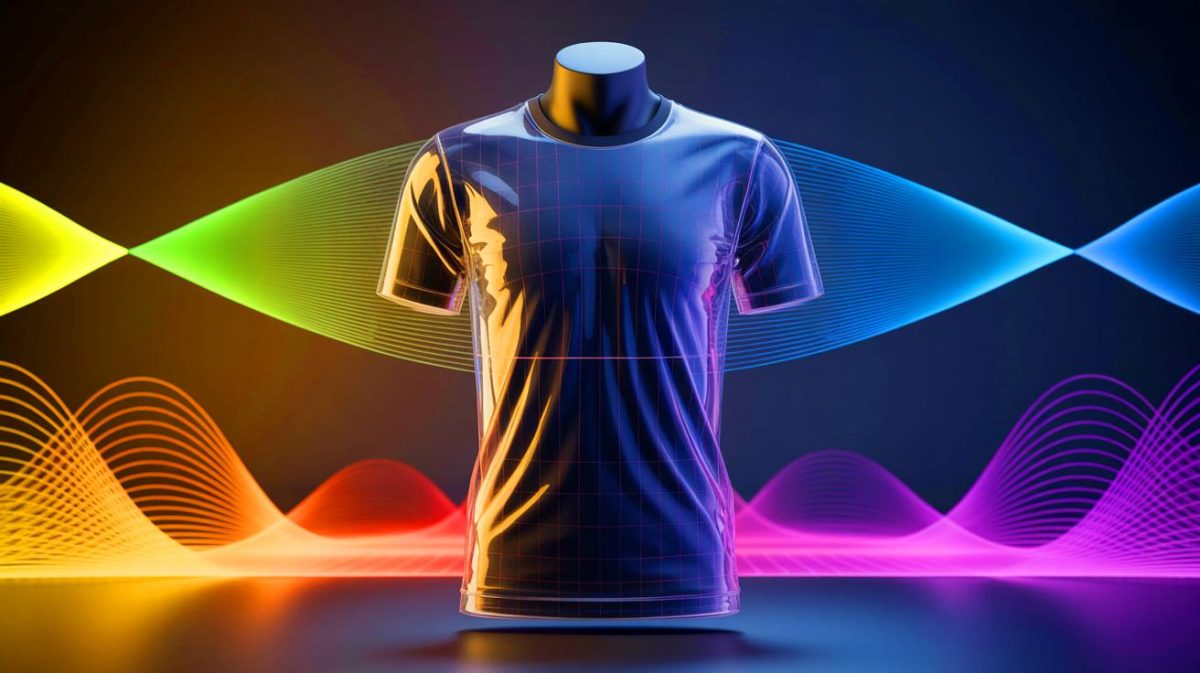| IN A NUTSHELL |
|
In a groundbreaking development, researchers from ETH Zurich have introduced SonoTextiles, a cutting-edge innovation that transforms everyday fabrics into smart wearables. By utilizing sound waves, these fabrics can monitor movement, posture, and gestures, offering a glimpse into the future of wearable technology. This leap forward in the field of smart textiles demonstrates not only the potential for improved health monitoring and communication but also opens up a plethora of applications in sports, medicine, and virtual reality. As we delve deeper into this fascinating topic, we uncover the intricate details and transformative potential of SonoTextiles.
The Mechanics of SonoTextiles
SonoTextiles relies on the integration of glass fibers within the fabric, strategically woven at regular intervals. Each fiber features a small transmitter that emits sound waves, while a receiver at the other end detects changes in these waves. What sets this technology apart is its use of unique frequencies for each transmitter, allowing for minimal computing power to identify which fiber’s sound waves have changed.
This innovative approach addresses the challenges faced by previous smart textiles, which often encountered data overload and complex signal processing. By utilizing sound waves in the ultrasonic range, SonoTextiles can detect even subtle changes, such as those caused by body movements or breathing. This capability not only makes the technology highly sensitive but also paves the way for real-time data transmission to computers or smartphones, enhancing its practical applications.
Potential Applications and Benefits
The potential applications of SonoTextiles are vast and varied. In the medical field, these smart fabrics could be used to monitor the breathing patterns of asthma patients, providing timely alerts in cases of emergencies. In sports, athletes could benefit from real-time feedback on their movements, optimizing performance and reducing the risk of injuries.
Moreover, SonoTextiles holds promise for enhancing communication, particularly in sign language interpretation. By integrating the technology into gloves, hand gestures could be instantly translated into text or speech, providing a new level of accessibility. The fabrics could also play a significant role in virtual and augmented reality, offering more natural and responsive interactions.
Additionally, these smart textiles could aid in posture correction, offering feedback to improve alignment and prevent long-term health issues. For wheelchair users, the technology could alert them when it’s time to change position, reducing the risk of pressure ulcers.
Challenges and Future Directions
While the potential of SonoTextiles is immense, there are challenges to overcome before widespread adoption. One primary concern is the durability of the glass fibers, which, although effective in laboratory settings, may be prone to breaking during regular use. To address this, researchers are exploring the use of metal fibers, which also conduct sound effectively.
The team at ETH Zurich is focused on making the system more robust, aiming to enhance precision, comfort, and washability while keeping costs and power consumption low. They are also working on better integration of electronics into the textiles, which would further enhance the usability and functionality of these innovative fabrics.
As the research progresses, the possibilities for expanding SonoTextiles into new applications continue to grow, promising a future where smart textiles are an integral part of our daily lives.
The Road Ahead for Smart Textiles
The development of SonoTextiles marks a significant milestone in the evolution of smart wearable technology. As researchers continue to refine and expand upon this innovation, the potential for real-world applications becomes increasingly apparent. From healthcare to sports and beyond, the impact of smart textiles is poised to revolutionize the way we interact with our environment.
With ongoing advancements in materials and technology, the future of smart textiles looks promising. As we embrace these innovations, we are left to ponder the exciting possibilities: how will smart textiles redefine our interaction with the digital world, and what new opportunities will they unlock in the years to come?
Did you like it? 4.4/5 (22)











Wow, a T-shirt that listens! Now, if only it could also do my laundry. 😂
How durable are these smart textiles? I’m worried they might not survive my washing machine. 🤔
Thank you for this fascinating article! The potential applications in healthcare are truly exciting.
Gloves that read gestures? Sounds like something out of a sci-fi movie! When can we expect these on the market?
Will these smart clothes be expensive? I’m curious about the cost for the average consumer.
Integrating sound waves into clothing is a genius idea. Hope they manage to solve the durability issues soon!
I’m a bit skeptical about the practicality of this technology. Does it really work as well in real life as it does in the lab?
How does this technology compare to existing wearables like fitness trackers? Are there any advantages?
Great read! But I’m wondering, what about privacy concerns? Can these clothes be hacked? 🤨